What Your Insulation Contractor Wishes You Knew Before They Start
Upgrading your insulation is one of the smartest moves you can make for your property’s comfort and efficiency. According to the U.S. Department of Energy, proper insulation can lower heating and cooling bills by as much as 20%. Spray foam, in particular, can outperform traditional materials, sealing gaps and reducing heat loss by up to 50%.
In Seattle, where damp winters and mild summers create a unique set of challenges, preparation can make or break an insulation project. Knowing what to handle before your insulation team shows up helps keep everything on schedule, prevents extra costs, and ensures you get the results you’re expecting.
Preparation Goes Beyond Clearing a Path
Getting ready for an insulation upgrade isn’t just about moving a few boxes out of the way. The work requires space for specialized equipment, steady access to work areas, and a safe, controlled environment.
Why Access is a Big Deal
Insulation crews often bring large spray rigs, long hoses, and ventilation tools. If the driveway or entry points are blocked, setup takes longer, and the job can run behind. In Seattle’s tighter residential areas, making sure there’s clear parking and entry is a simple way to avoid delays.
Indoor Readiness Matters
Rooms or attics need to be completely clear of clutter before work begins. Furniture, stored items, and loose belongings not only slow down the job but also risk being damaged or exposed to overspray.
Fixing Moisture Problems First
Seattle’s climate makes moisture a top concern. Any dampness in walls, crawl spaces, or attics needs attention before insulation goes in.
Spotting Trouble Signs
Water stains, musty odors, or soft spots in drywall are warning signs. If these aren’t dealt with before spray foam is applied, moisture can get trapped, leading to mold growth or damage over time.
Checking Ventilation
Spray foam creates a tight seal, which is great for energy efficiency but can affect airflow. Making sure ventilation systems are in good shape before installation helps keep humidity levels balanced afterward.
Knowing What to Expect from the Process
A clear understanding of how the job will unfold helps avoid surprises and keeps expectations realistic.
How Long It Usually Takes
Smaller projects can be wrapped up in a few hours. Larger or multi-area jobs might take a day or more. Having a timeline in advance helps you plan around any disruptions.
Materials and Choices
Some insulation teams use low-VOC spray foams to improve indoor air quality. It’s worth knowing whether your project will use open-cell or closed-cell foam and why that choice makes sense for your space.

Staying Safe During Installation
Spray foam installation involves chemicals and equipment that need to be handled carefully.
When You Might Need to Step Out
In some cases, it’s best for people and pets to stay out of the work area until the foam has cured. This avoids unnecessary exposure to fumes during application.
Keeping Your Home Protected
Covering floors, walls, and fixtures with protective sheeting prevents overspray and makes cleanup easier. Giving the crew time to set this up before starting helps protect your space.
Talking with Local Insulation Experts
Open, clear communication is one of the easiest ways to make sure the end result matches your expectations.
The Pre-Job Walkthrough
A walkthrough before the work starts lets you and the team go over which areas will be insulated, what needs to be moved, and any special concerns.
After the Foam is In
Once the insulation is applied, you’ll want to know about curing time, ventilation needs, and any inspections needed to confirm the work meets performance goals.
Pre-Installation Priorities at a Glance
| Preparation Task | Why It Matters | Result |
|---|---|---|
| Clear access for equipment | Avoids setup delays | Faster start |
| Resolve moisture issues | Prevents mold and material damage | Longer lifespan |
| Schedule a walkthrough | Aligns plans and expectations | Better outcome |
| Protect nearby surfaces | Avoids extra cleanup or repairs | Preserves finishes |
| Review ventilation needs | Keeps indoor air quality healthy | Comfortable living |
Quick Prep Checklist
- Make sure there’s parking and access for equipment
- Remove items from work areas or cover them
- Fix any leaks or dampness beforehand
- Walk through the job with your Seattle insulation team
- Discuss ventilation plans for after the installation
Wrapping It Up
The smoother your space is prepared, the smoother your insulation upgrade will be. Taking care of access, moisture issues, safety, and communication before the first spray of foam goes down saves time, avoids unnecessary costs, and helps your insulation perform at its best.
Ready to Make Your Property More Efficient?
Better insulation means better comfort, lower energy bills, and protection against Seattle’s damp climate. Cascadia Spray Foam of Seattle works with residential and commercial clients to deliver high-performance insulation that lasts.
Call (425) 386-3500 or email info@cascadiasprayfoam.com to book your project with a trusted Seattle team.

FAQs
How soon can the work start after a walkthrough?
Usually within one to two weeks, depending on scheduling and any repairs that need to be done beforehand.
What’s the difference between open-cell and closed-cell foam?
Open-cell foam is lighter and helps with sound control. Closed-cell foam is denser, offers more insulation per inch, and resists moisture.
Can insulation be installed during rainy weather?
Yes, as long as the area being insulated is kept dry. Crews often use tarps or coverings to keep surfaces ready for application.
Is spray foam safe after curing?
Once it’s cured, spray foam is stable and safe to be around, with no harmful emissions under normal conditions.
How do I know if my home needs more ventilation after insulation?
A post-installation inspection can measure airflow and humidity. If needed, extra ventilation can be added to keep indoor conditions balanced.
Reviewer: Olivia Thompson has spent 10 years working in spray foam insulation, helping companies grow their visibility. She reviewed this article and provided insights to make sure it addresses what customers actually want to know before a project starts.
Explore More:

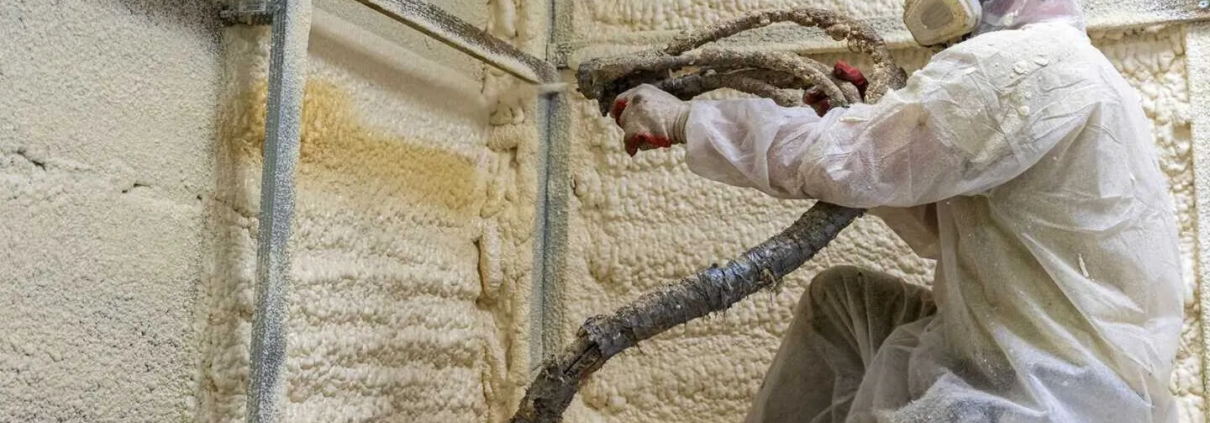

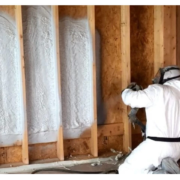
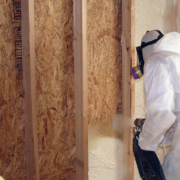

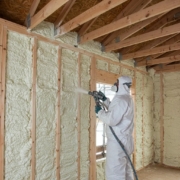
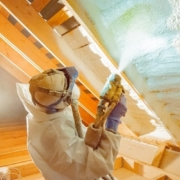

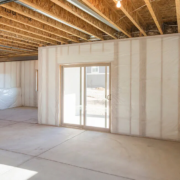
Leave a Reply
Want to join the discussion?Feel free to contribute!